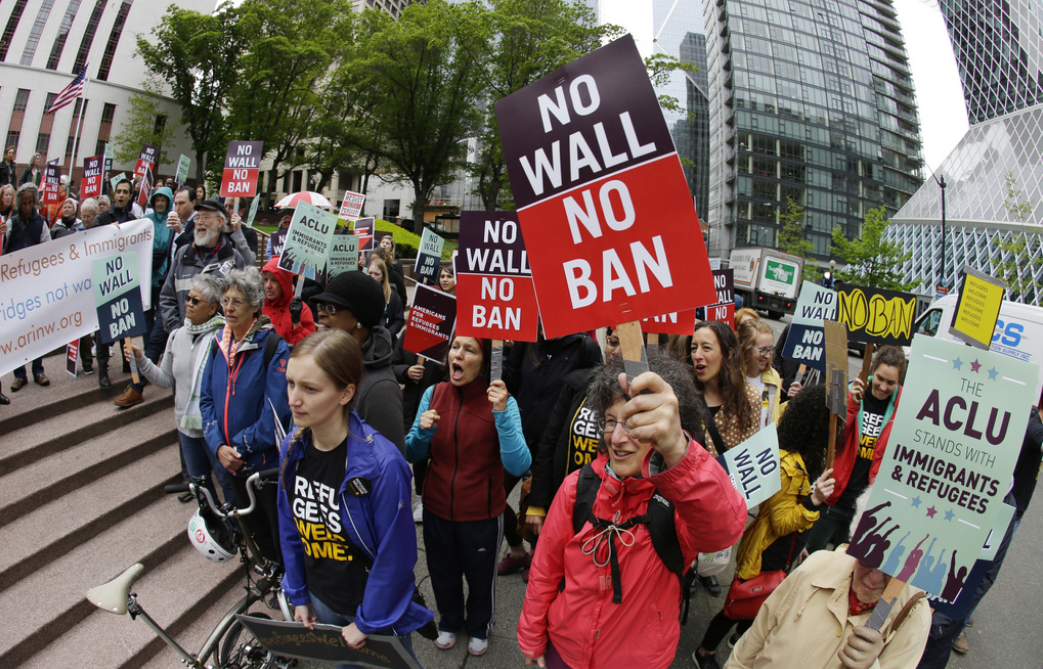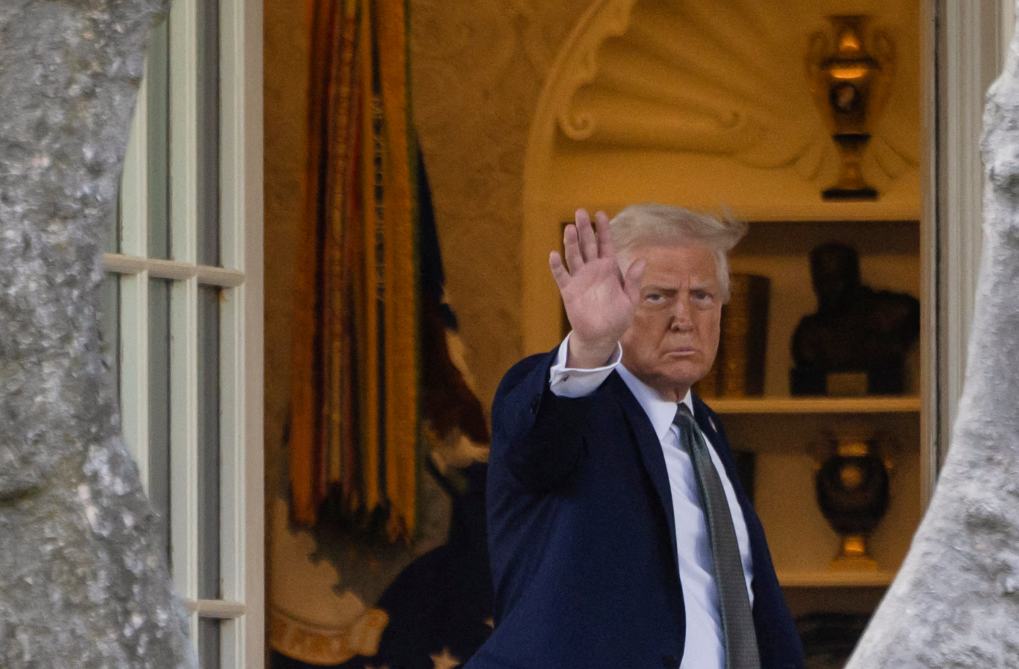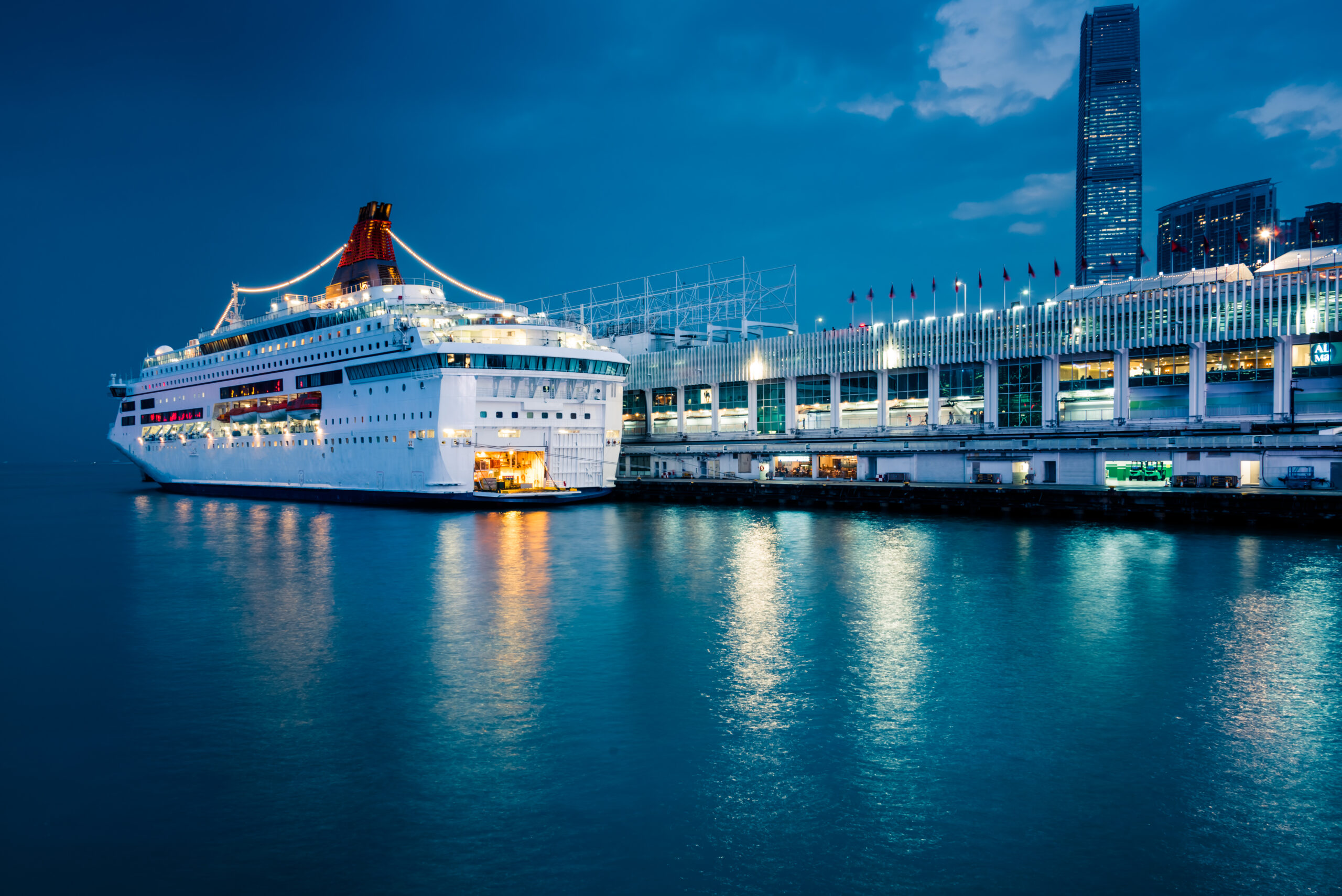Donald Trump’s Travel Ban: Analyzing Its Impact and Controversies

Donald Trump’s travel ban was one of the most controversial and defining policies of his presidency. Officially known as Executive Order 13769, titled “Protecting the Nation from Foreign Terrorist Entry into the United States,” the ban initially restricted travel from seven Muslim-majority countries. Over time, the policy underwent multiple revisions and legal challenges, leading to heated debates over national security, immigration, and civil rights. This article delves into the origins, implementation, legal battles, consequences, and legacy of the travel ban.
Why Was the Travel Ban Introduced?
The travel ban stemmed from Trump’s campaign promise to enforce stricter immigration policies and protect the United States from potential terrorist threats. His administration argued that:
- It was necessary to strengthen vetting procedures.
- Certain countries had weak security infrastructures, making it harder to verify travelers.
- The U.S. needed temporary restrictions to review and enhance screening processes.
On January 27, 2017, Trump signed Executive Order 13769, which:
- Imposed a 90-day ban on travelers from Iran, Iraq, Libya, Somalia, Sudan, Syria, and Yemen.
- Suspended the U.S. Refugee Admissions Program (USRAP) for 120 days.
- Indefinitely barred Syrian refugees from entering the country.
The order triggered immediate backlash, setting the stage for years of legal and political battles.
Immediate Effects and Public Reaction
The travel ban led to:
- Chaos at airports: Travelers with valid visas and green cards were detained or sent back.
- Mass protests: Thousands gathered at major airports, including JFK and LAX, demanding justice.
- Legal battles: Organizations like the ACLU challenged the ban in court.
- Confusion and fear: Many families were separated, and uncertainty loomed over immigration processes.
Critics slammed the order as a “Muslim ban,” arguing that it violated religious freedom and targeted specific nationalities unfairly.
Legal Battles and Policy Changes
The travel ban faced strong opposition in courts. Key moments included:
- February 2017: The Ninth Circuit Court blocked the ban, citing constitutional violations.
- March 2017: Trump issued a revised order (Executive Order 13780) removing Iraq from the list.
- September 2017: Presidential Proclamation 9645 expanded the ban to include Chad, North Korea, and Venezuela, while removing Sudan.
- June 2018: The Supreme Court upheld the third version of the ban in a 5-4 decision (Trump v. Hawaii).
Despite setbacks, Trump’s administration persisted, adjusting the policy to withstand legal scrutiny.
Who Was Affected?
The travel ban had a profound impact:
- Immigrants and refugees: Families were separated, and asylum seekers faced new hurdles.
- Students and workers: Visa approvals plummeted for individuals from affected countries.
- U.S. businesses and universities: Employers and schools struggled with international recruitment.
- Diplomatic relations: The policy strained U.S. ties with several nations.
Visa issuance to the affected countries declined dramatically, and refugee admissions hit record lows.
Political and Social Repercussions
The travel ban became a defining issue of Trump’s presidency:
- Supporters saw it as a necessary security measure.
- Opponents condemned it as discriminatory and un-American.
- Civil rights groups launched protests and legal actions.
- The policy shaped debates on immigration, border security, and religious freedom.
The Biden Administration’s Reversal

On January 20, 2021, President Joe Biden signed an executive order rescinding the travel ban. He called it “a stain on our national conscience” and restored fair immigration policies.
Key actions under Biden:
- Allowed affected individuals to reapply for visas.
- Reopened pathways for refugees from previously banned countries.
- Directed a review of extreme vetting procedures.
Conclusion
Donald Trump’s travel ban sparked legal battles, political debates, and nationwide protests. While the Supreme Court upheld the policy, its impact on immigration, civil rights, and international relations remains a subject of discussion. The ban’s reversal under Biden highlights the ongoing struggle between national security and human rights in U.S. immigration policy.
Whether seen as a bold security measure or a discriminatory action, the travel ban’s legacy continues to shape America’s approach to immigration. What remains clear is that executive orders have the power to change lives—and ignite fierce debate—on a global scale.






